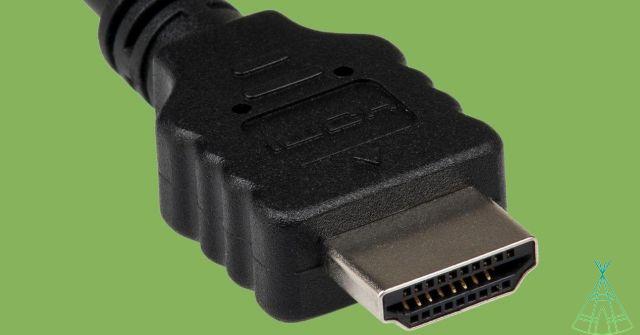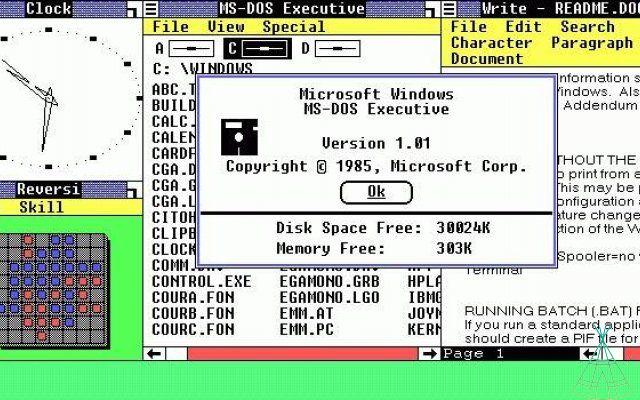
Android veterans have known the word and meaning of “root” for years, but not all users are familiar with the concept and, mainly, the benefits and risks involved in the process.
Rooting your device means becoming a superuser, or system administrator. This entails having access to parts of Android that were previously inaccessible to a single user. Yes, the big advantage is gaining full control of your cell phone and its operating system.
Thus, it is possible to make changes to the operating system that were unthinkable before, modify the processor clock, delete applications that were previously fixed in the system, or bloatware built into the system by the manufacturer or operator. You can even gain a little more battery life by being able to remove unnecessary processes, changing the performance of components.
The rooting process also opens space for installing different ROMs on the cell phone. If your device manufacturer has stopped updating your smartphone on Android 6.0.1, the user unit can come together to do the work that the company didn't want to do and adapt the latest version of Android for your device unofficially.
Read also:
- See how to charge your cell phone quickly and safely
- Is it possible to clone WhatsApp? Understand and know how to protect yourself
- Learn how to test your mobile internet speed
What are the risks?
Advantage can also be a curse if you don't know what you're doing. root gives full control to the user, all important system files are fully exposed and can even be deleted, which can cause the device to be unusable. The process of performing the root is also not immune to failures and can cause the “brick” of the cell phone, turning it into, basically, a useless brick.
The other risk is a security issue. Android limits access to such fundamental settings for two reasons: the risk of the user screwing up the superpower and, perhaps more importantly, the risk of a virus taking over the device for good.
As much as we know that malicious apps exist on Android and affect phones even if they are not rooted, when you remove the restrictions is when viruses can really wreak havoc, installing themselves permanently in previously inaccessible areas that will allow it to stay practically forever.
Furthermore, modifying the operating system is a violation of the carriers' and manufacturers' warranty contract. Although this is not a crime, the action will nullify any possibility of redress unless it is undone.
Finally, you will no longer receive official updates via OTA (over-the-air), which is downloading over Wi-Fi and automatic installation. You will need to download the official ROM from the manufacturer's website and manually install it on your device.
Therefore, great care and knowledge is required to perform the root procedure.
or root?
Unfortunately, there is no single method to unlock your phone, so there is no general advice; the best thing to do is open Google and search for the process specific to your cell phone. Each device has its own quirks, but there are some similarities in the process of each device.
1. Back up
You will probably lose your files in the process, so it is important to save everything that is most important. Save to the cloud or transfer important photos and documents to your PC. Do not start the process before doing this.
2. It is necessary to unlock the bootloader
The bootloader is a system included in all Android devices. It is a program activated when the cell phone is turned on to make sure that the correct operating system is loaded in the process of turning on the smartphone.
Some manufacturers make the process easier, while others put several obstacles in the way.
3. Now start the root process
that said, each cell phone has its own instructions, but there are some similarities. It is necessary to have access to the mobile developer options, and for that you need to enter “Settings”, access “About the device” and quickly tap “Build Number” eight times to gain access to the developer tools.
A new option will appear in the Settings menu, which is the “Developer options”. You will need to enable "OEM Unlock" and "USB Debugging".
Things get confusing from there. There are some apps that promise to do the job themselves, such as OneClickRoot, but it's worth looking for specific instructions for your phone anyway.
Ready! Now you know where to start rooting your Android!

























